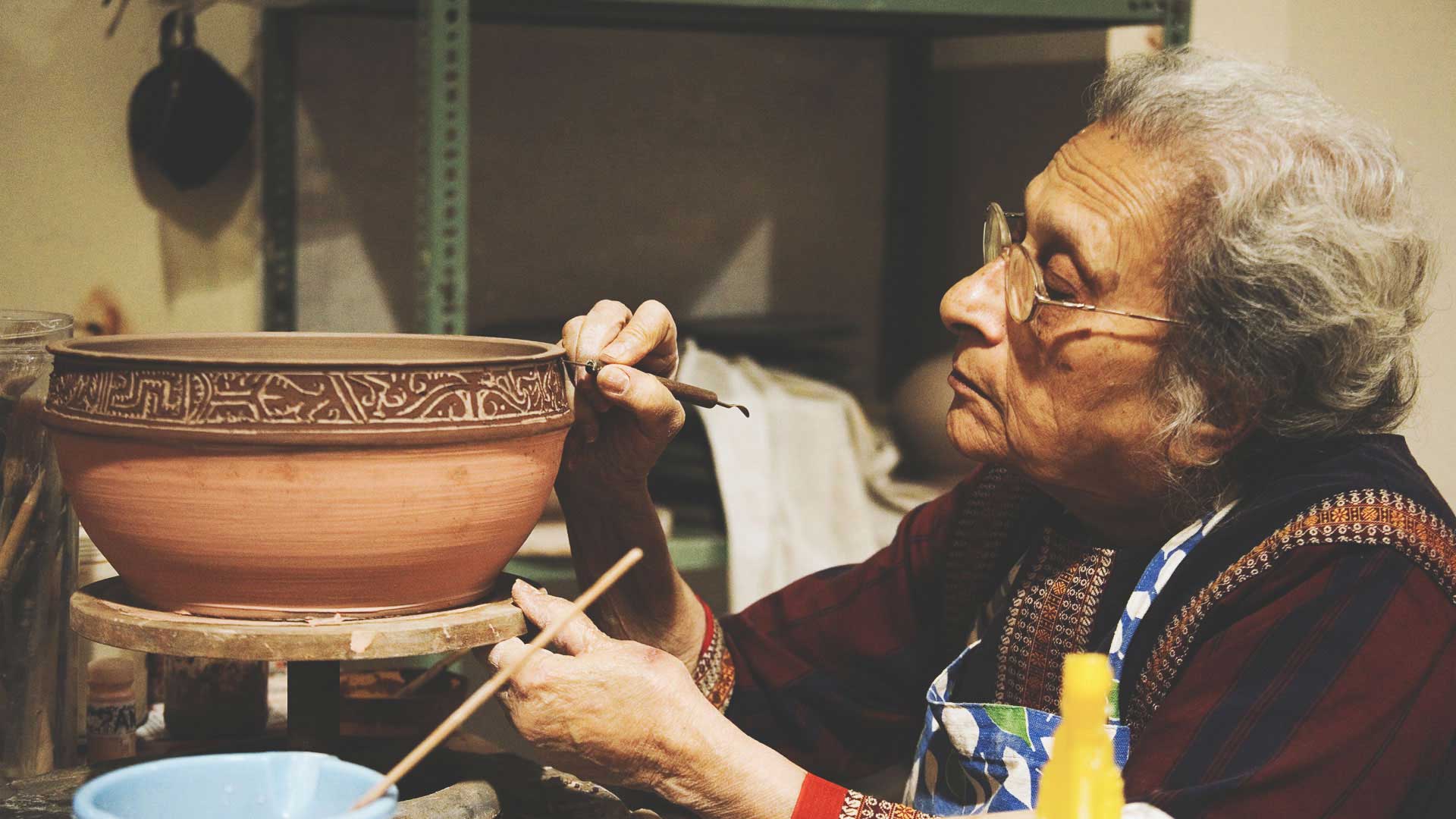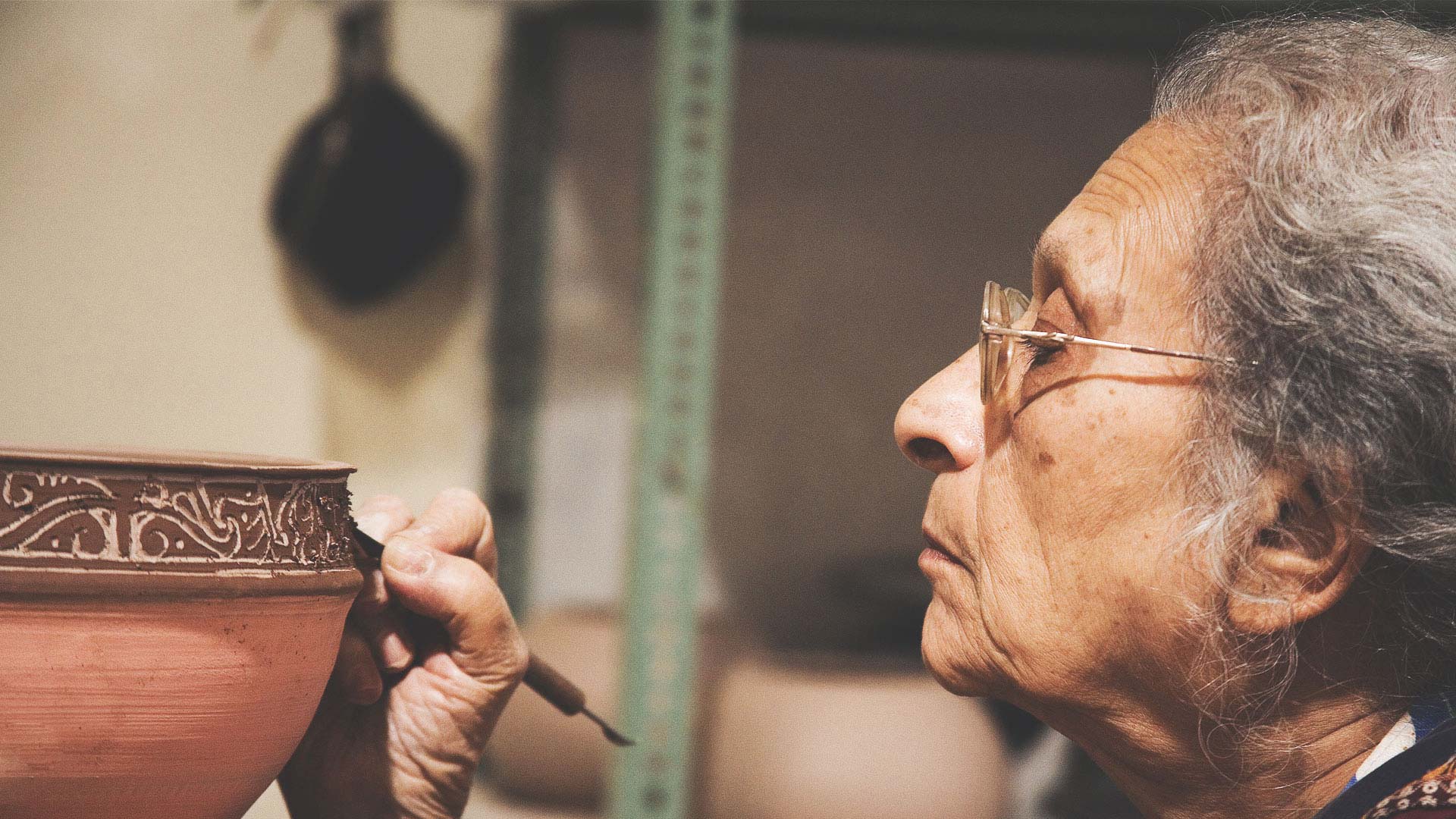The beginning
“I am not one of those who can claim that I was always fascinated by pottery. I trained to be a painter only to realize that I was not going to be one. When I married Shankho Chaudhuri and went to live in Baroda in 1951, I had no clue about pottery and nor was I particularly interested. Shankho who headed the Sculpture Department was enthusiastic about pottery and felt the need for it to develop in India; and almost pushed me into joining it.”

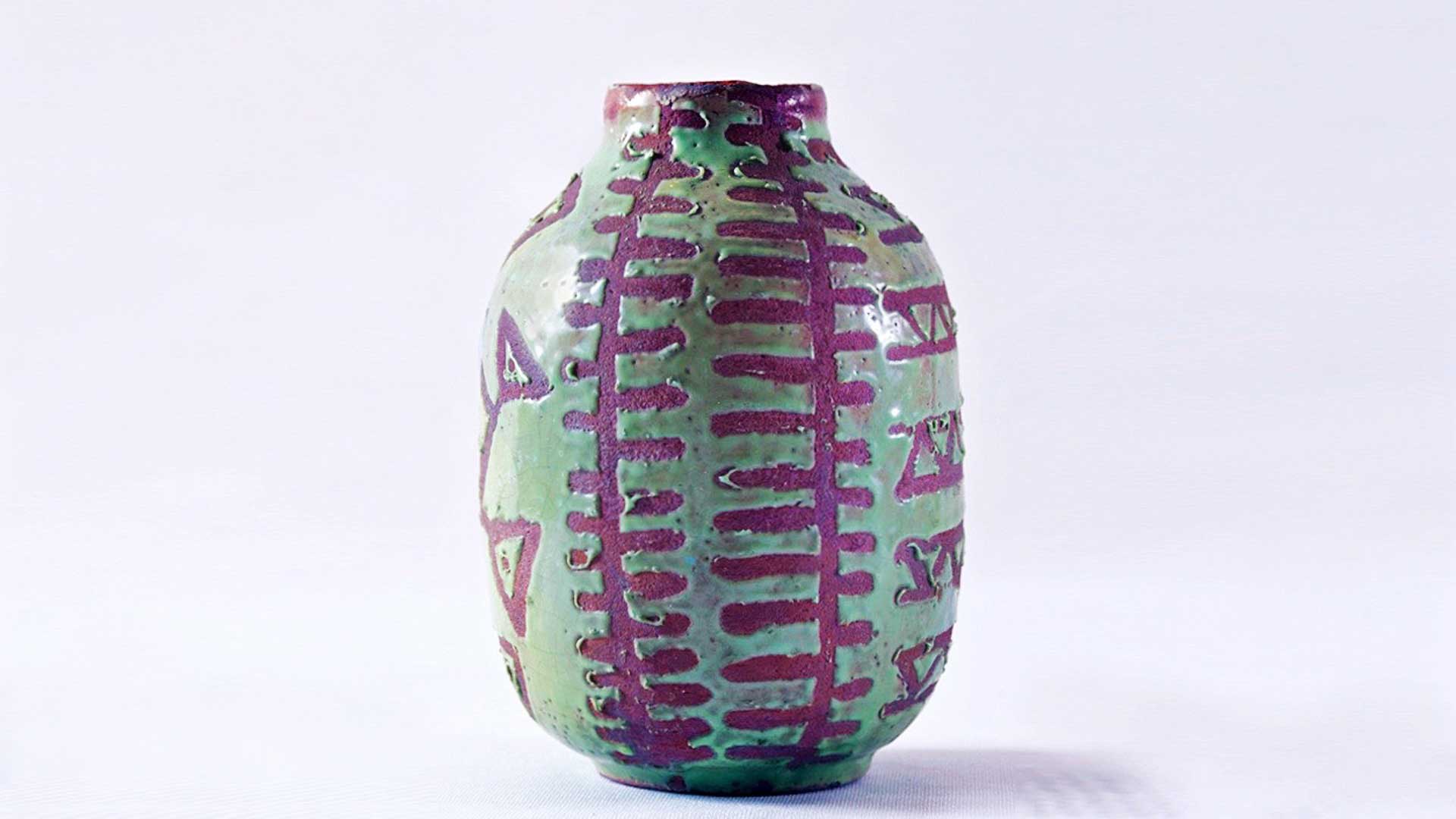
First experience
“Before I was pushed into pottery, at the Baroda Fine Arts College, as a non-collegiate student in 1950, my only acquaintance with pottery was during my study in Fine Arts at Kala Bhavan in Santiniketan. We made ‘Sandesh’ moulds (‘Sandesh’ being the Paneer sweet most of you must know of). We carved out a negative design from small tiles of clay, dried them and fired them in sawdust in a Chula.”

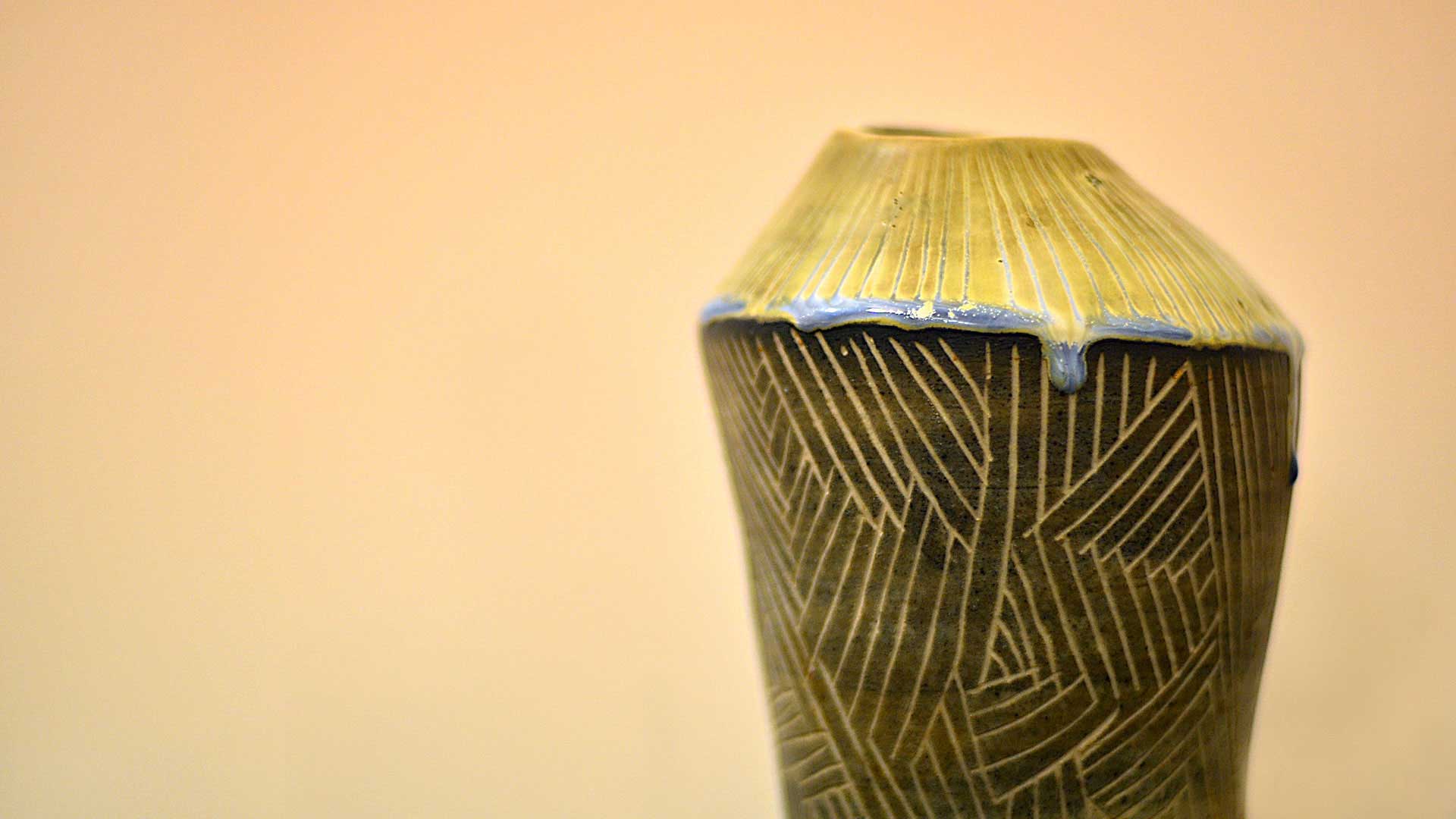
Dearth of resources
“Pottery in Baroda at that time consisted of the Buberchi Khana of the old bungalow where the college was housed. We had one old traditional potter, two or three bicycle chain driven wheels, and a small updraft red brick kiln and a kitchen chimney. There was no other source of information available, no books, and only such training as our Kumhar would or could give us. This was very frustrating to us non-collegiate students.”

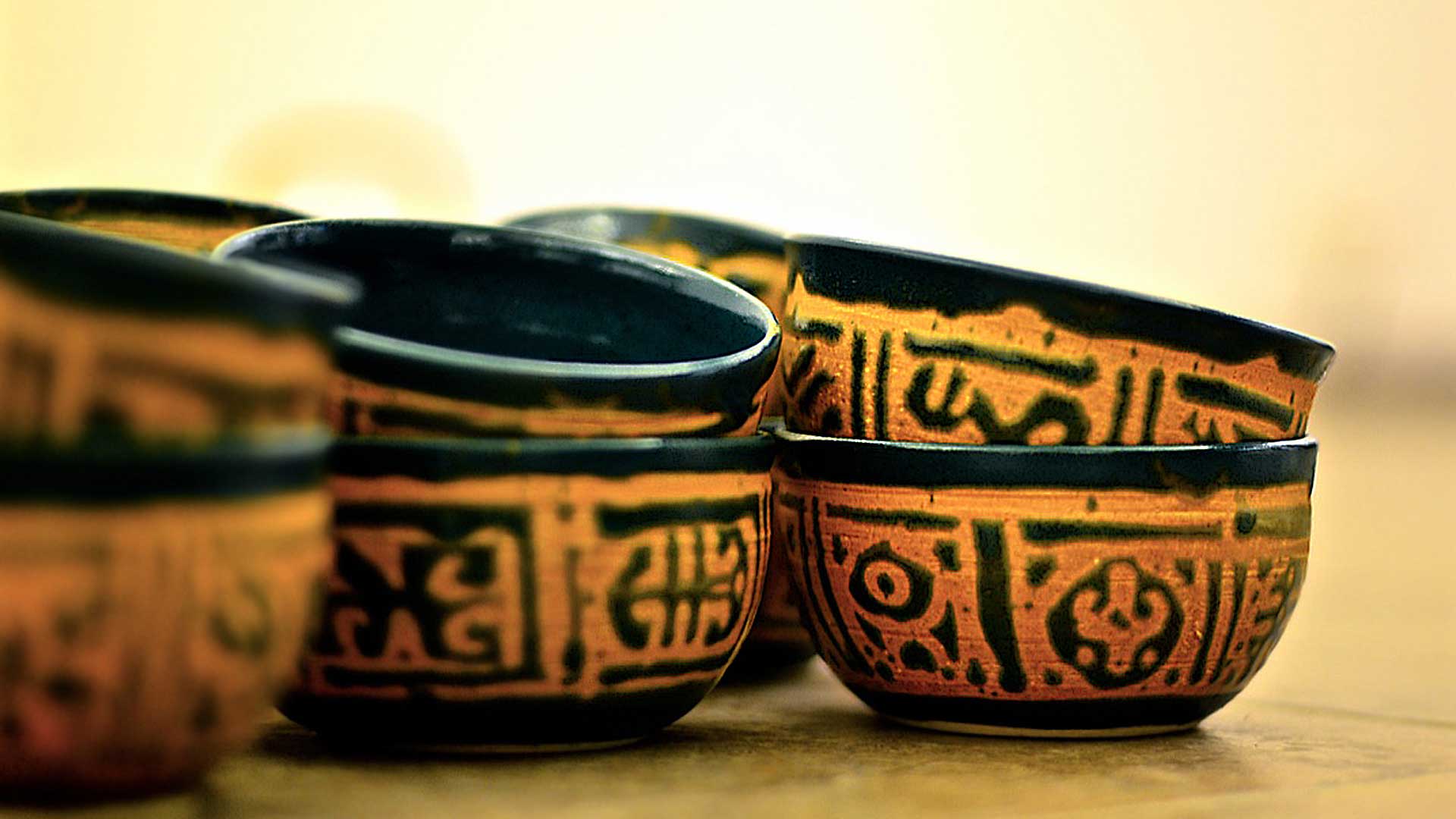
Finding the way
“With the help of a science student, I managed to find some books on industrial chemistry that had a chapter on ceramic chemistry. It was from that book that I made a great ‘discovery’ that some metal oxides were the colorants in pottery. I got a small quantity of oxides from the very sympathetic chemistry professor and mixed it with clay and water and invited people to paint. Many joined the fun.”

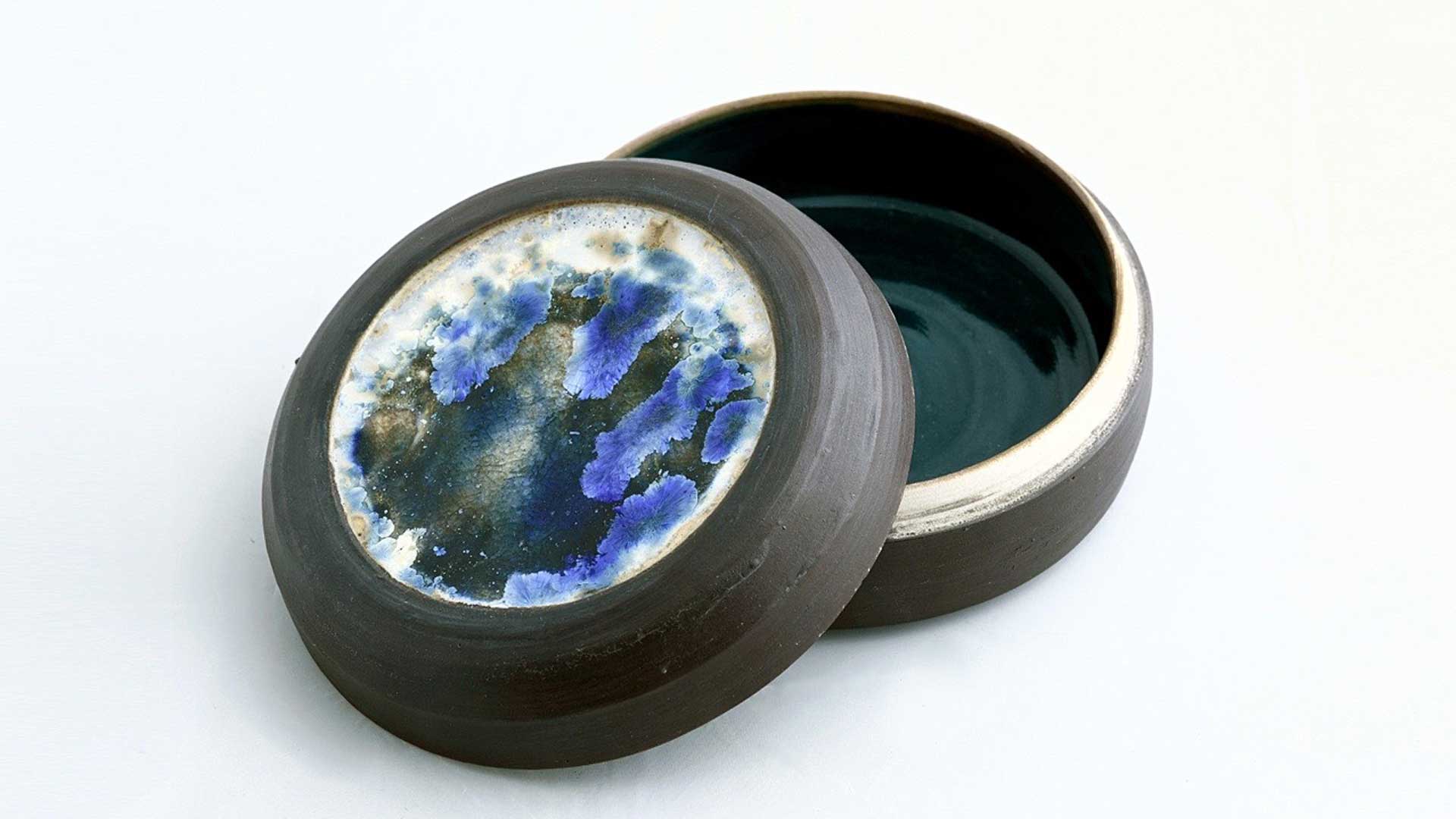
Period of great frustration
“I had, during this period of great frustration and helplessness visited Sardar Gurucharan Singh’s Blue Potteries while on a visit to Delhi. How I wished I could stay in Delhi and learn!”

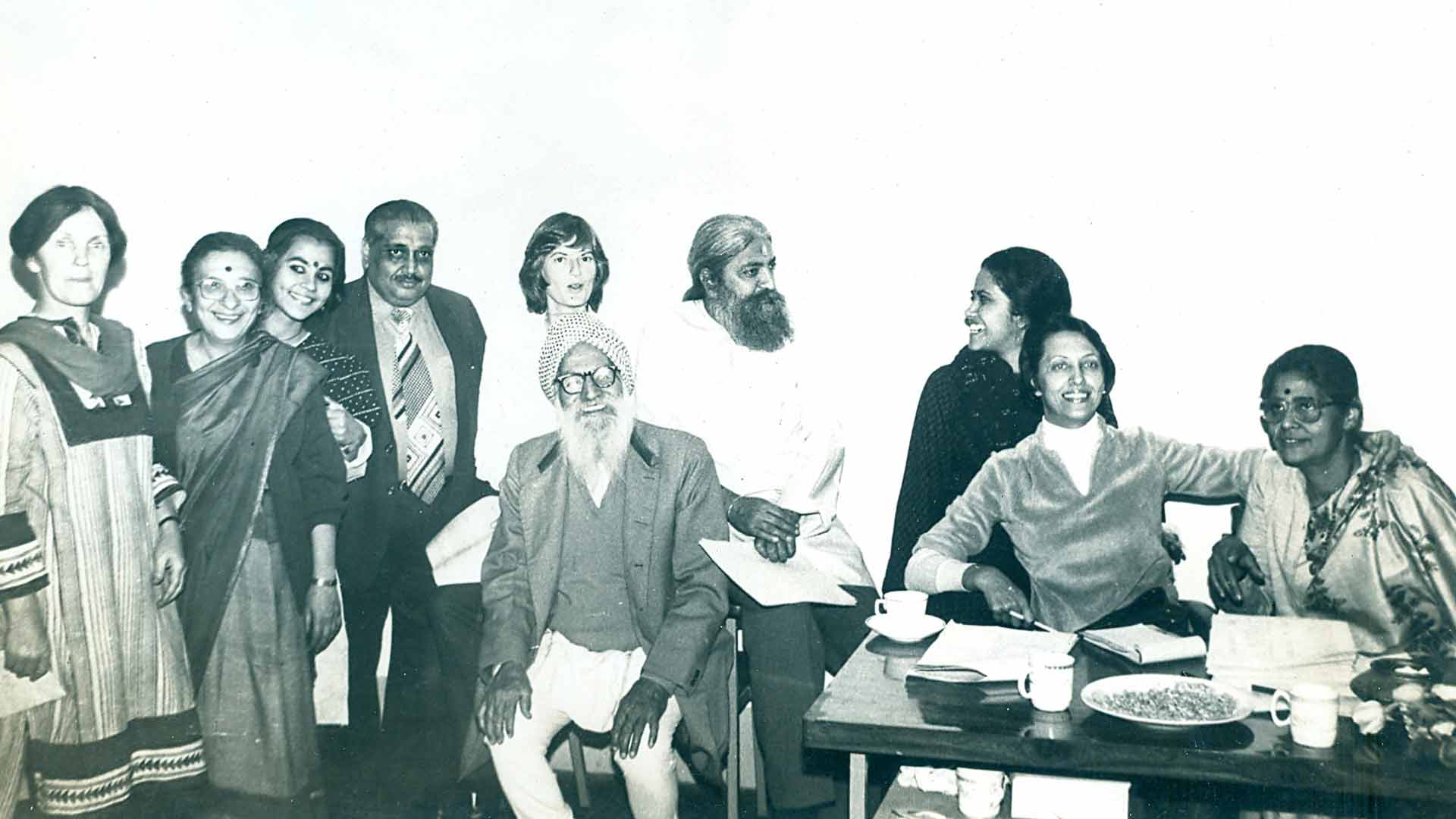
Arrival of Bashab Kumar Barua
“Our real breakthrough came when Bashab Kumar Barua—known as Buddha—came newly qualified from England and joined the pottery department at the Faculty of Fine Arts, Baroda. Apart from methods and techniques, he opened the aesthetics of pottery. Not in so many words, because he was an excellent potter with impeccable taste. He lived with us at the time and told me a lot about British potters. Buddha also had some books with him, which he lent us, and I read them most avidly. At last work started in real earnest.”

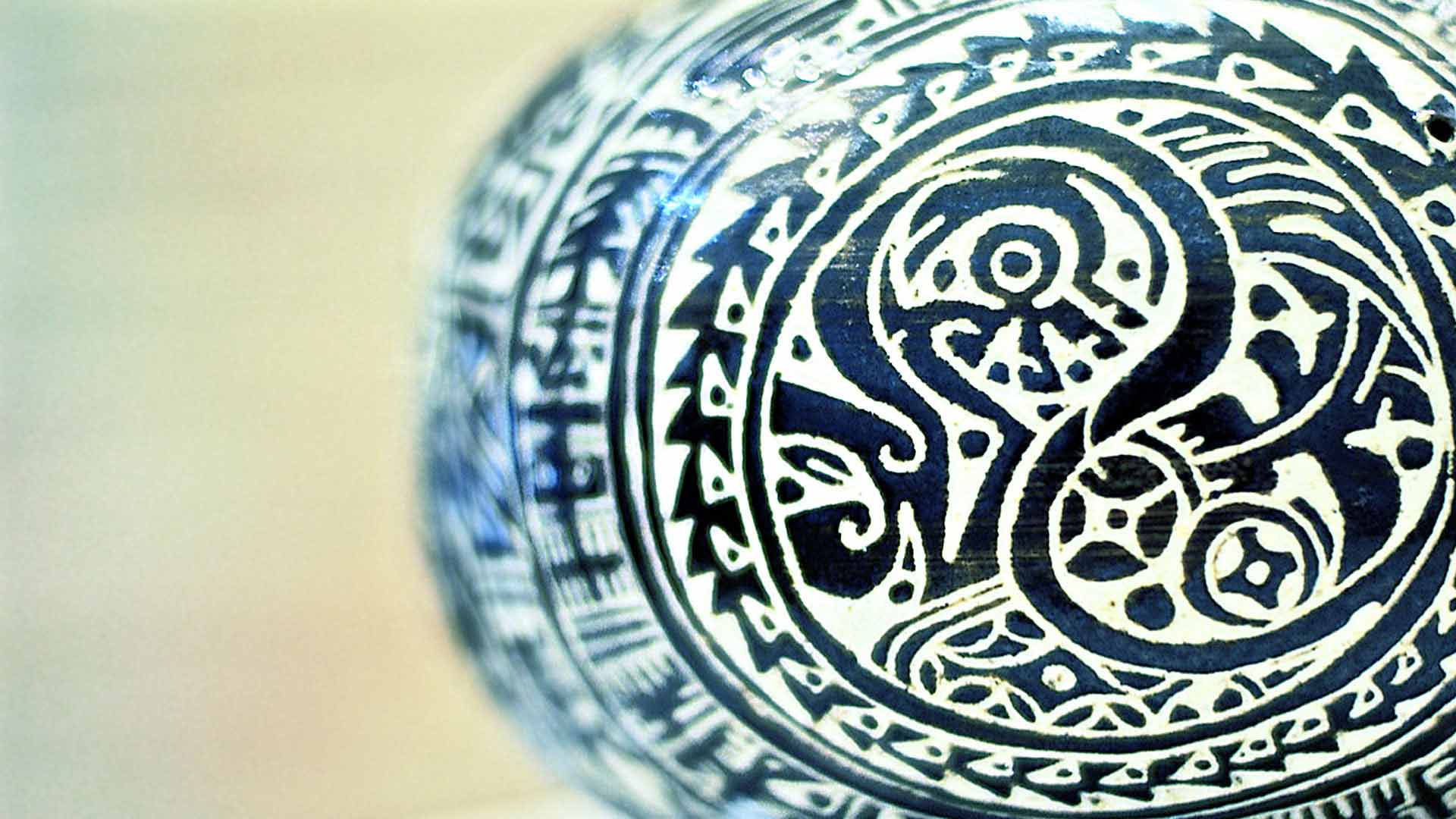
Nirmala Patwardhan
“Meanwhile my friend Nirmala Patwardhan had taken to pottery. After her stint at Stuttgart she came back to India armed with a small kiln and in her relentless way struggled against every odd. She devised a very good kick wheel, which is very widely used now. She went abroad many times and worked with some very distinguished potters including Bernard Leach and Ray Finch. Whenever she was back from one of her trips, I too would learn something new.”

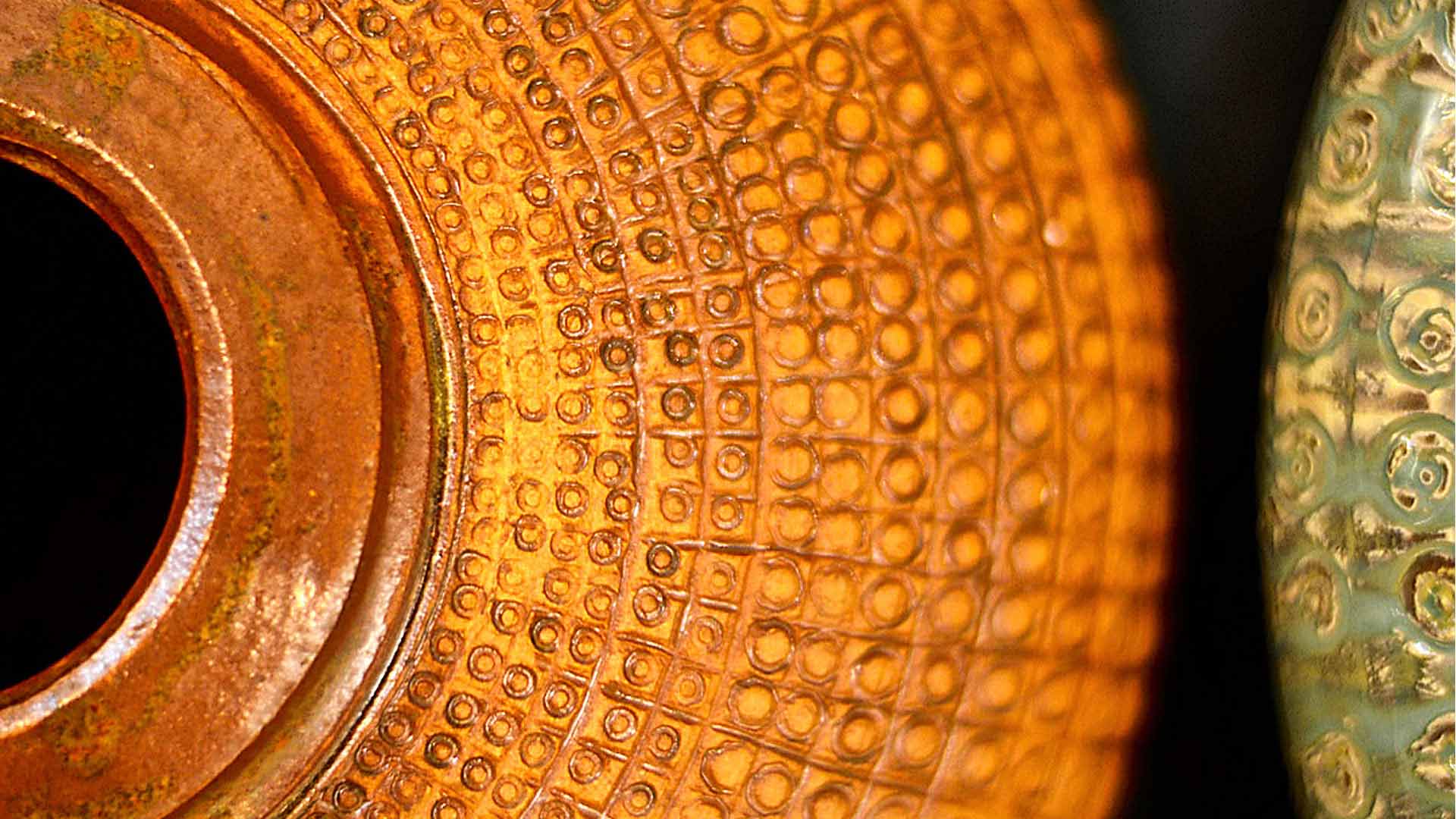
A German ceramic chemist
“In 1951 I worked for a month with Mr. Moech—a German ceramic chemist who was brought to train people at the Handicrafts Board Centre at Uday Villa near Calcutta. Subsequently Nirmala and Shri K. V. Jena also worked with him and some of his glazes are still in circulation.”


A breath of fresh air
“After Buddha left India, I had charge of the pottery for nearly a year. And then , Nari Gandhi, an architect who had trained under Frank Lloyd Wright, came to Baroda as visiting faculty in the Department of Architecture. He was a very good potter as well, and having him at the pottery department was like a breath of fresh air as he was highly innovative as well as extremely kind and helpful.”

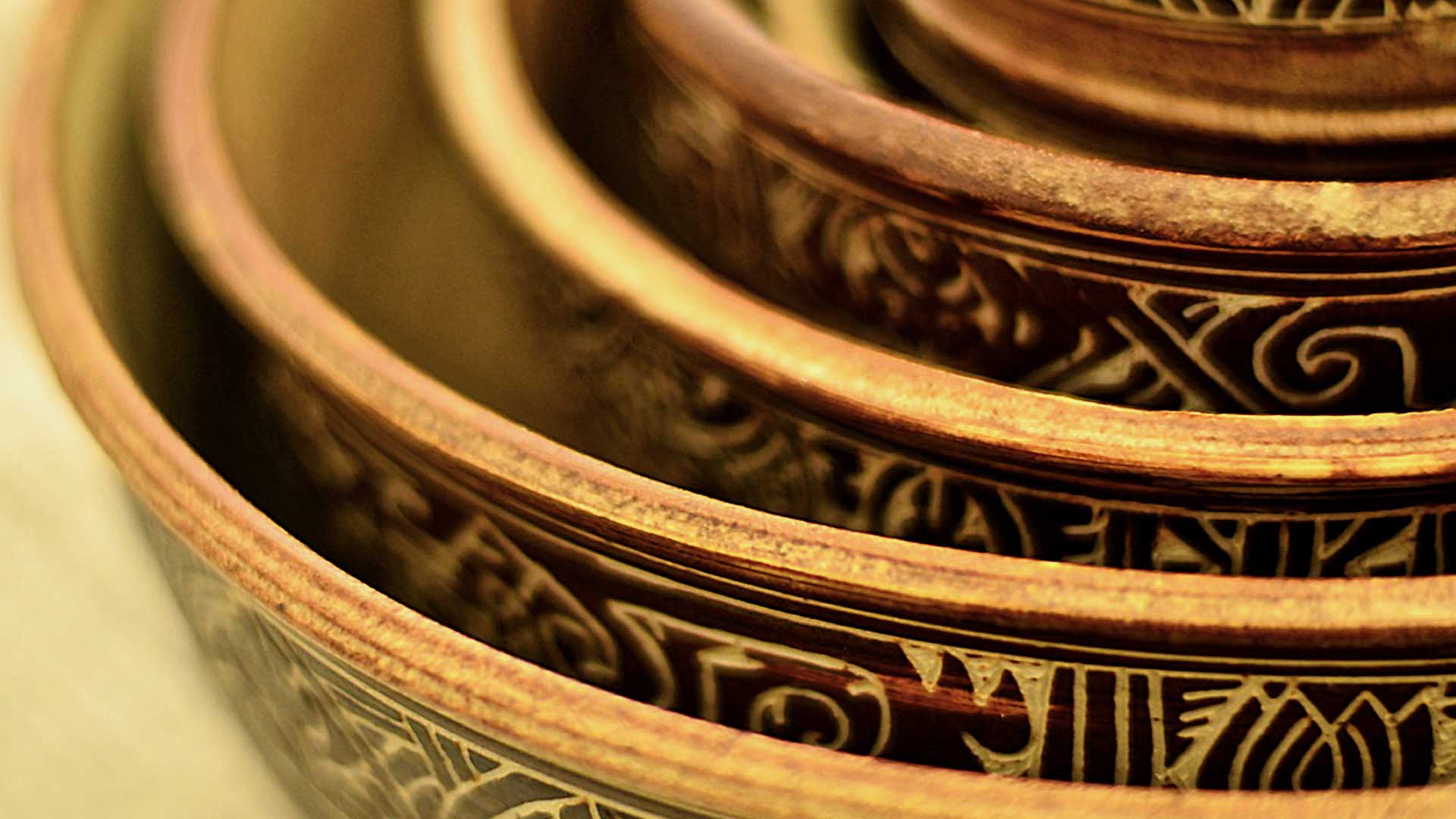
Garhi studio
“We came to Delhi in 1970 and till the Garhi studio opened in 1976, I had nowhere to work. But by then I had more time and the kiln fired to stoneware temperature and I set about to teach myself stoneware.”

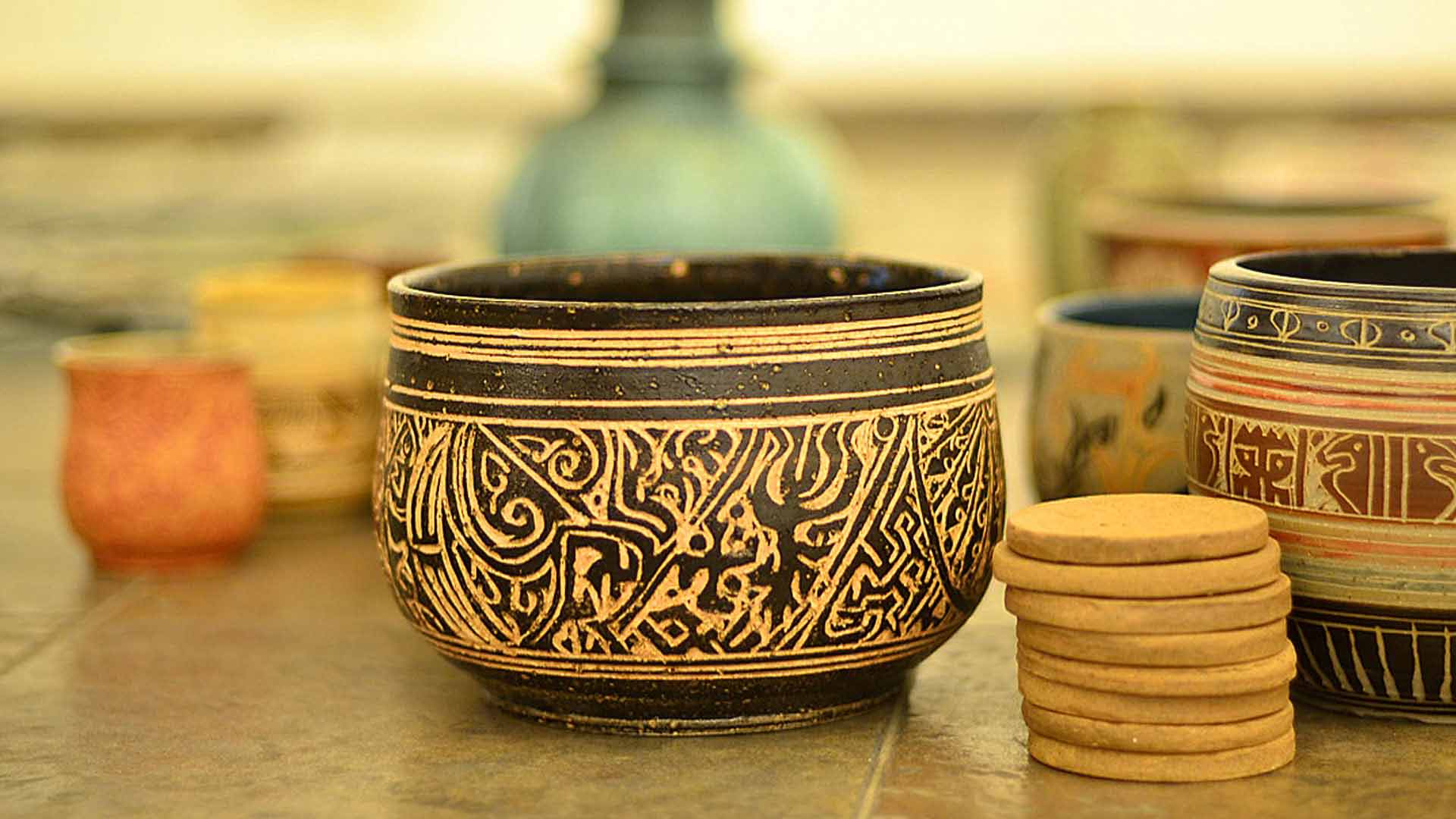
First solo exhibition
“It was only in 1979 that I had my first solo exhibition but since then I have been exhibiting more or less regularly. It was around that time I started doing Sgraffito and I still do a lot of it. In a way it is ‘my thing’.”

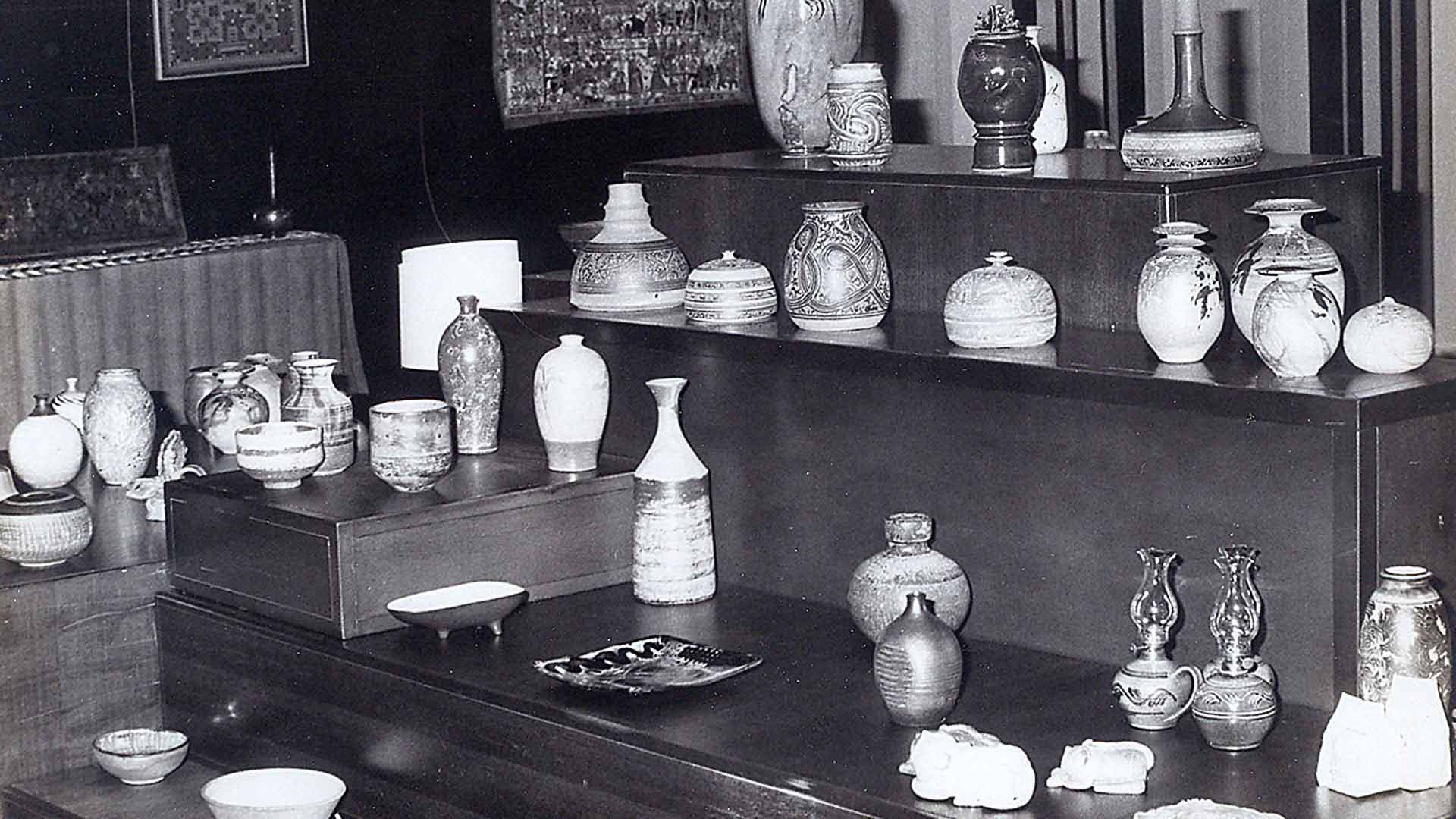
Techniques and repetition
“I have, over the years, tried many techniques, stayed with some of them, and keep repeating them.”

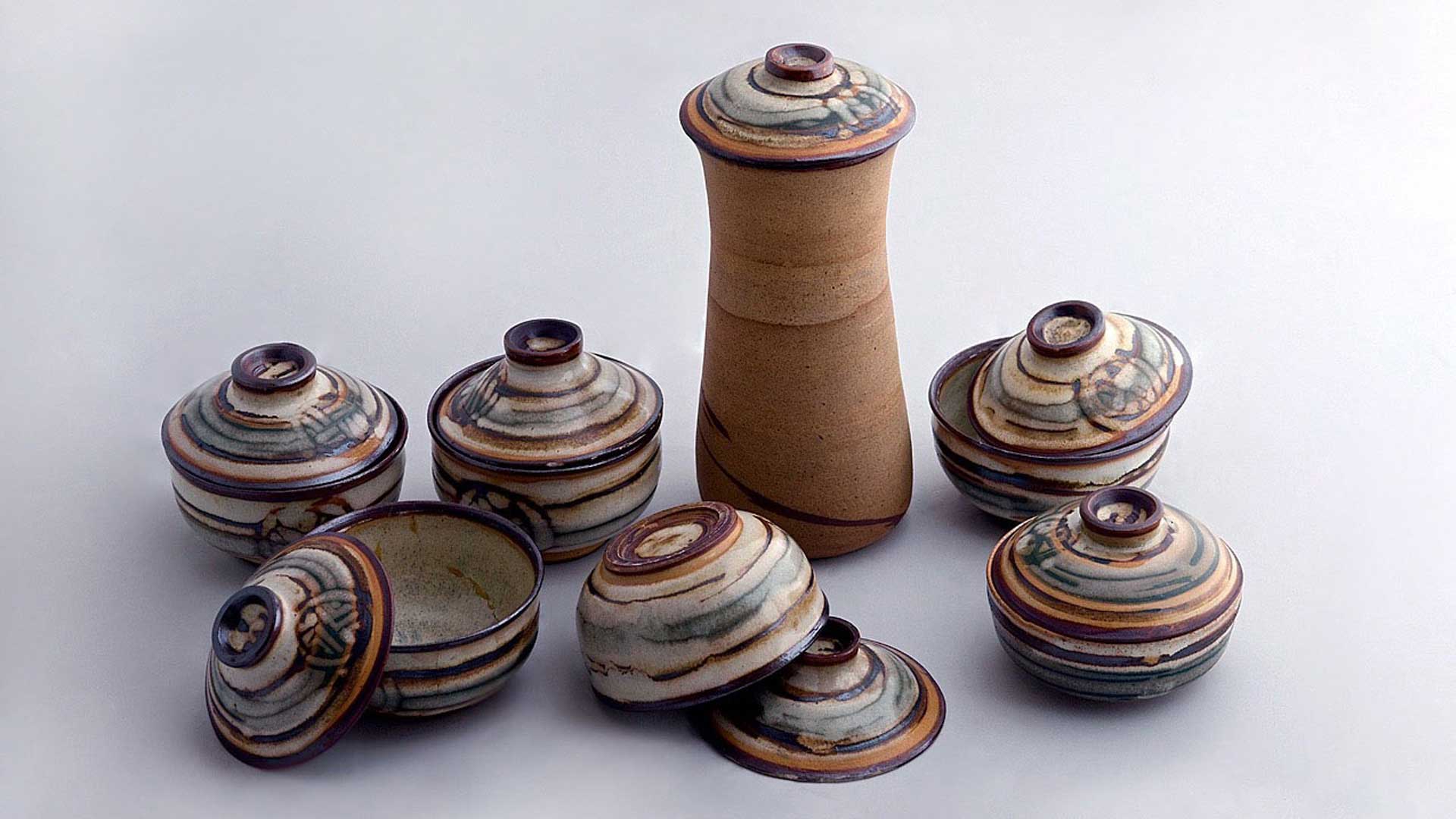
“All stories have an ending, I am still alive and kicking the wheel, which is the happiest ending, I can think of.”

